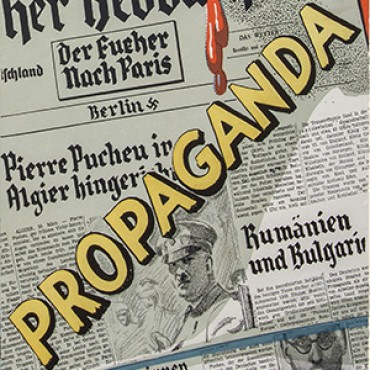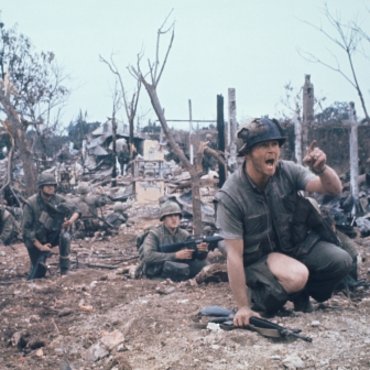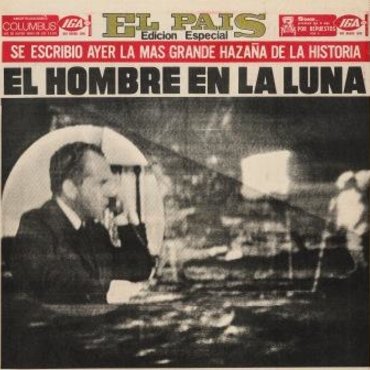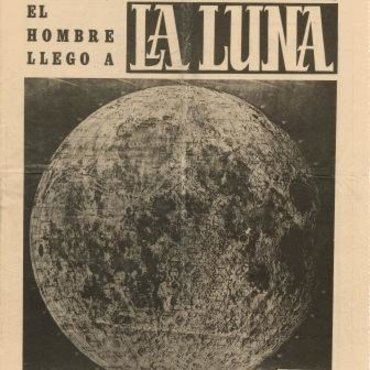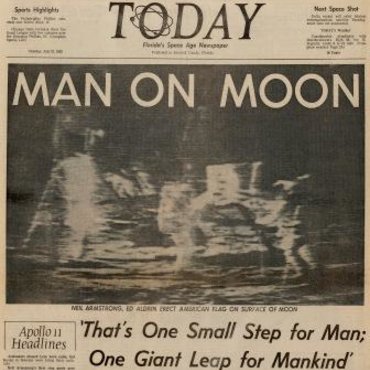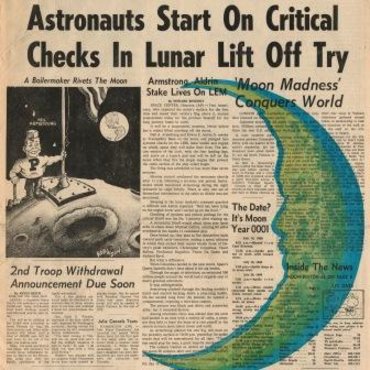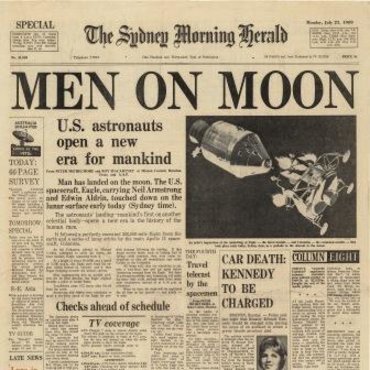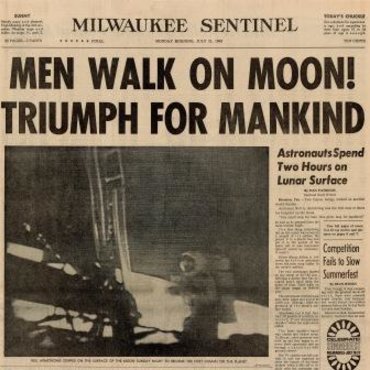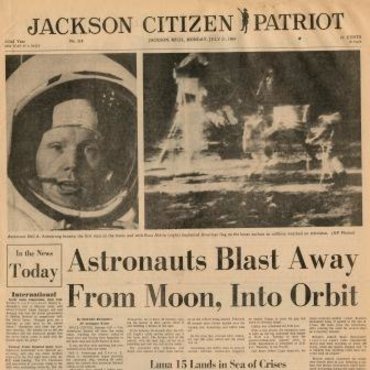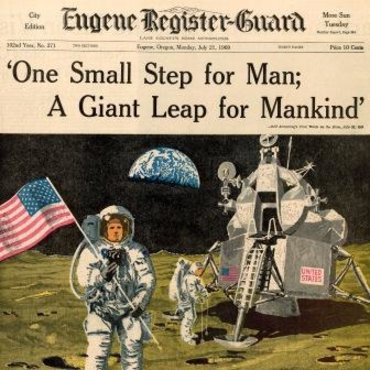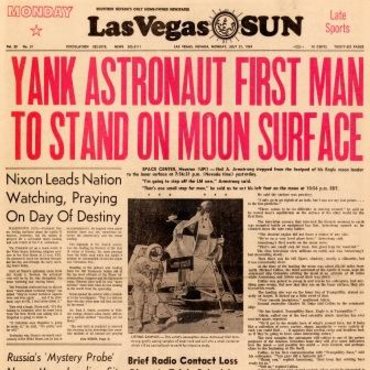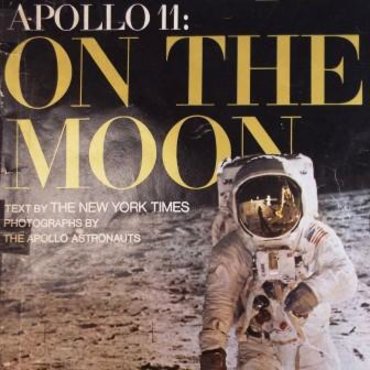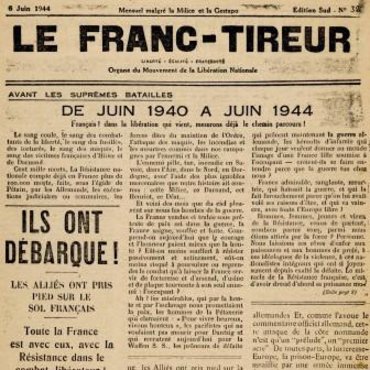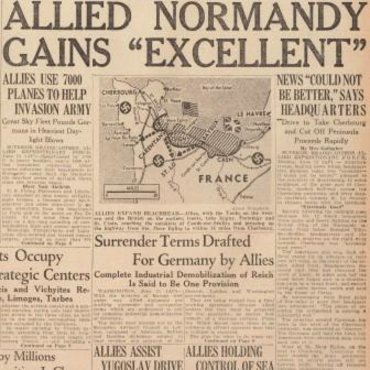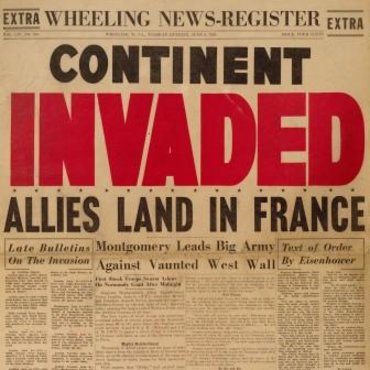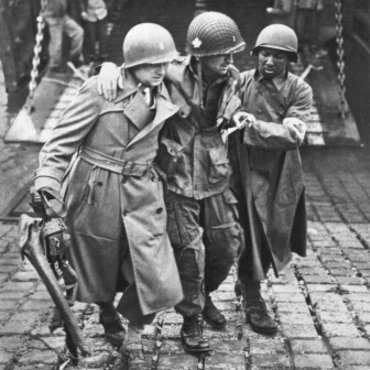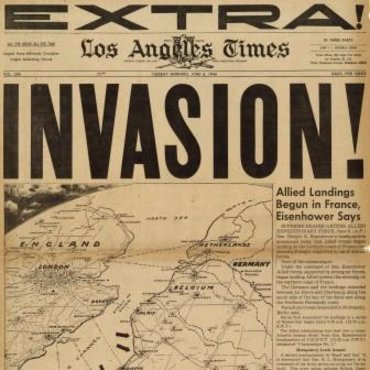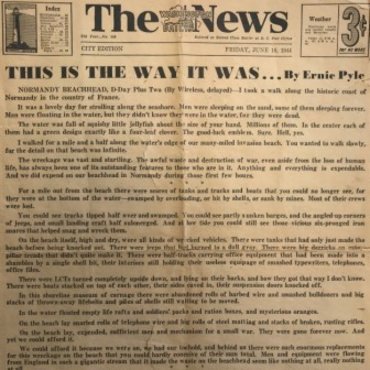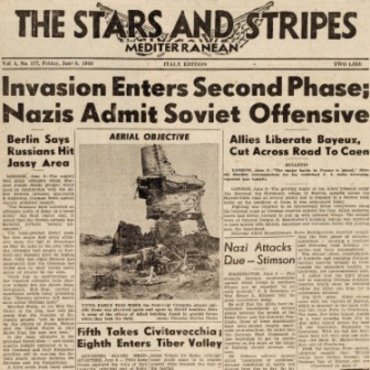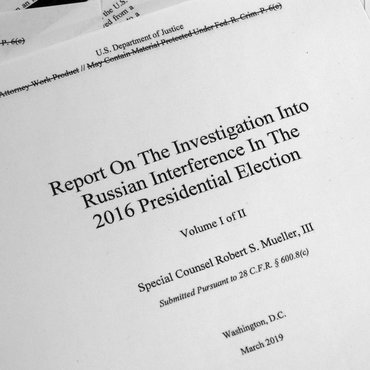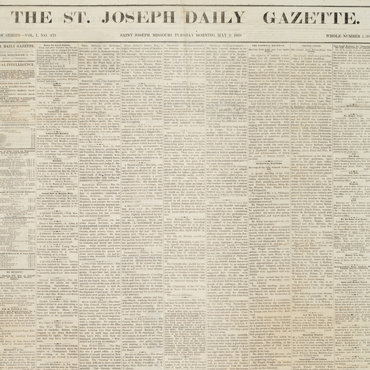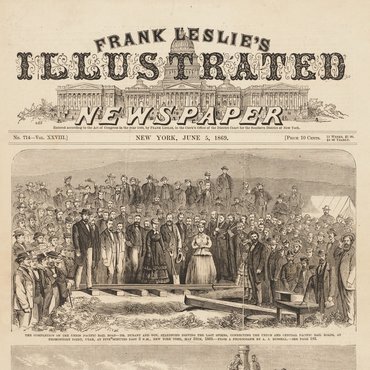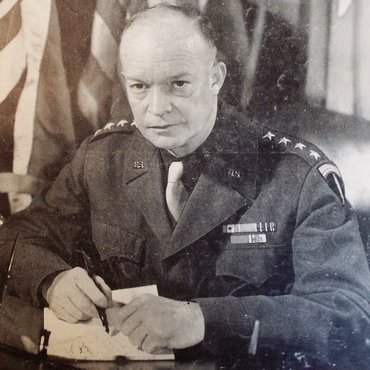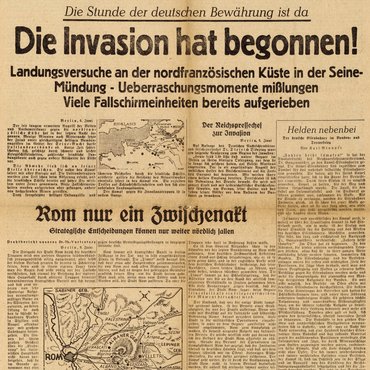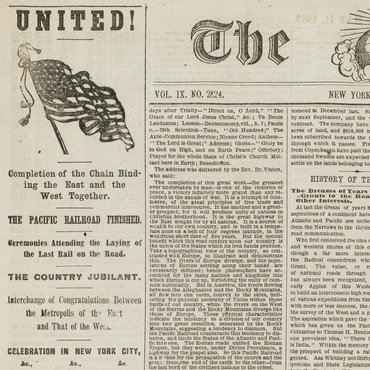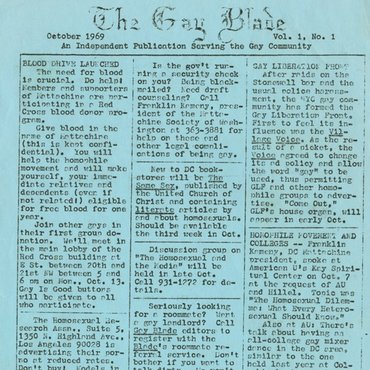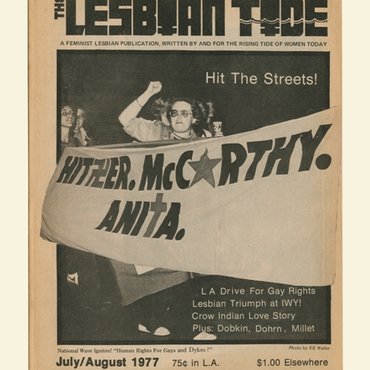Fake News — What's the Big Deal?
Students watch a video in which teens reflect on the concept of fake news, and then discuss their own experiences with misinformation.
Get even more great free content!
This content contains copyrighted material that requires a free NewseumED account.
Registration is fast, easy, and comes with 100% free access to our vast collection of videos, artifacts, interactive content, and more.
NewseumED is provided as a free educational resource and contains copyrighted material. Registration is required for full access. Signing up is simple and free.
With a free NewseumED account, you can:
- Watch timely and informative videos
- Access expertly crafted lesson plans
- Download an array of classroom resources
- and much more!
- Journalism
- 5-12
- Cue up the "Fake News: What’s the Big Deal?" video on newseumED.org to show to the class, or share the link with students to watch on their own devices.
- Ask students how they would define fake news.
- Tell them that they are going to watch a video in which other teenagers reflect on the concept of fake news, and their role in it.
- Show the video to the class.
- The idea of deliberately made-up news isn’t totally new; in the video you might have noticed the newspaper front page about a fake 1930s radio broadcast of aliens invading Earth. Why is fake news a hot topic today? How might today’s fake news be different from that of the past?
- Have you ever encountered a fake news story online? If so, could you tell the story was fake? Do you worry about being fooled by fake news?
- Have you ever shared fake news, whether accidentally or on purpose? Describe the circumstances.
- What are some of the consequences of fake news? Can you think of any specific examples of how sharing fake news could affect people or events? Do you agree with these students’ guidelines for sharing fake news, such as being clear that you’re sharing it because you think it’s interesting or creative and not because you think it’s real? What additional guidelines would you suggest to decide when to share a story?
Sidewalk by Audionautix is licensed under a Creative Commons Attribution license (https://creativecommons.org/licenses/by/4.0/)
Artist: http://audionautix.com/
-
Common Core State Standards: CCSS.ELA-LITERACY.CCRA.SL.1
Prepare for and participate effectively in a range of conversations and collaborations with diverse partners, building on others' ideas and expressing their own clearly and persuasively.
-
National Council of Teachers of English: NCTE.12
Students use spoken, written, and visual language to accomplish their own purposes (e.g., for learning, enjoyment, persuasion, and the exchange of information).








